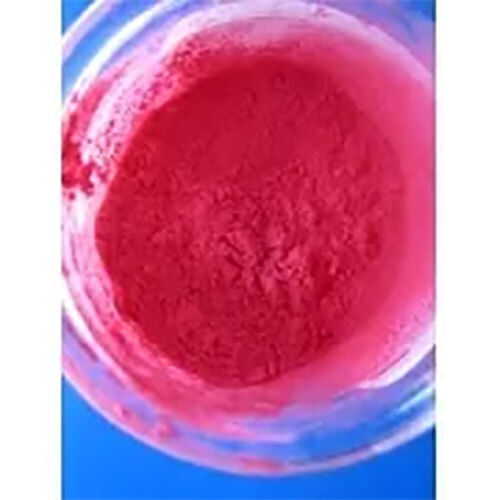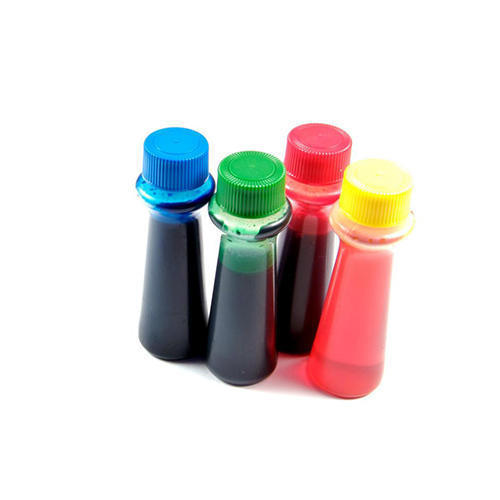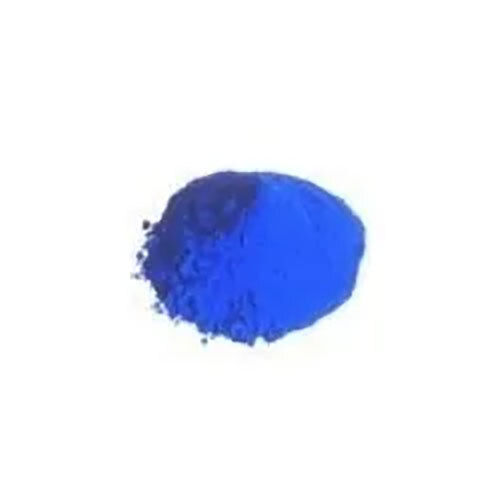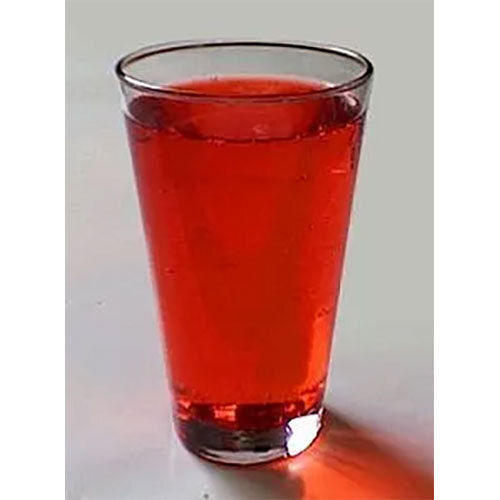Red 2G
Price 90 INR/ Kilograms
Red 2G Specification
- Heavy Metal (%)
- <0.001
- Appearance
- Dark Red Powder
- Shelf Life
- 2 years
- Melting Point
- >300C
- Water Solubility
- Soluble
- Vapor Density
- Not Available
- Physical Form
- Powder
- Assay
- 99% Min
- Structural Formula
- (refer to standard Red 2G/Azorubin structure)
- Solubility Tests
- Soluble in water, slightly soluble in ethanol
- Smell
- Odorless
- Taste
- Tasteless
- FEMA No
- Not Available
- Other Names
- Food Red 10, Azorubin S, Carmoisine
- Type
- Synthetic Food Color
- Color
- Red
- Purity
- 99% min
- Application
- Food industry, pharmaceuticals, cosmetics
Red 2G Trade Information
- Minimum Order Quantity
- 1 , , Kilograms
- Supply Ability
- 50000 Kilograms Per Week
- Delivery Time
- 3-7 Days
- Main Export Market(s)
- North America, Eastern Europe, Western Europe, Middle East, Asia, Australia, Central America, South America
About Red 2G
Some of the remarkable features of Red 2G:
- Soluble in water
- Slighly soluble in ethanol
- Available as disodium salt
- Pure in composition
MOQ 50kg
| Specification | ||||
|---|---|---|---|---|
| PRODUCTS NAME | Red 2G | |||
| Color SHADE | | |||
| SYNONYMS | Acid Red 1 | |||
| CHEMICAL NAME | Disodium 8-acetamido-1-hydroxy-2-phenylazo-naphthalene- 3,6-disulfonate | |||
| Color INDEX NO. | 18050 | |||
| C.I. NAME | Food Red 10 | |||
| FDA STATUS | -- | |||
| CAS NO. | 3734-67-6 | |||
| EINECS NO. | 223-098-9 | |||
| EEC NO. | E-128 | |||
| HUE NAME (FOOD) | Red 10 | |||
| INDIAN STANDARD No. | - | |||
| CLASS | Monoazo | |||
| TOTAL DYE CONTENT % MIN. | 85 | |||
| LOSS ON DRYING AT 135 C & SODIUM CHLORIDES & SULPHATES % MAX | 15 | |||
| WATER INSOLUBLE MATTER % MAX. | 0.2 | |||
| ETHER EXTRACTS % MAX.. | 0.2 | |||
| SUBSIDIARY DYE % MAX. | 2.0 | |||
| DYES INTERMEDIATES % MAX. | 0.50 | |||
| UNSULFONATED PRIMARY AROMATIC AMINES % MAX. | 0.01 | |||
| LEAD (AS "Pb") PPM (MAX.) | 10.00 | |||
| ARSENIC (AS "As" PPM (MAX.) | 3.00 | |||
| MERCURY (AS "Hg") PPM (MAX) | 1.0 | |||
| CHROMIUM (AS "Cr") PPM (MAX) | 5.0 | |||
| HEAVY METALS PPM (MAX) | 40.00 | |||
| ||||
| WATER (gms/ltr.) | 180.0 | |||
| GLYCERINE (gms/ltr.) | 10.00 | |||
| PROPYLENE GLYCON (gms/ltr.) | 30.00 | |||
| ETHANOL (95%) (gms/ltr.) | Trace | |||
Extensive Applications Across Industries
Red 2G serves as a robust synthetic color additive applied in food processing, pharmaceuticals, and cosmetics. Its vibrant hue enhances visual appeal and product differentiation, while its solubility ensures seamless integration into a variety of formulations. This versatility makes Red 2G a preferred choice among manufacturers, exporters, and suppliers alike.
Stringent Quality and Safety Standards
Red 2G is manufactured to maintain heavy metal and arsenic content at extremely low levels, ensuring a safe ingredient for consumer products. Its purity and stability are rigorously controlled, and customizable packaging is available to meet the specific requirements of bulk buyers and processors.
FAQs of Red 2G:
Q: How is Red 2G typically used in the food industry?
A: Red 2G is commonly used to impart a rich red color to a variety of food products such as confectioneries, bakery items, and beverages. Its excellent water solubility allows for uniform dispersal in recipes and formulations.Q: What is the manufacturing process for Red 2G?
A: Red 2G is produced through azo dye synthesis, a chemical process that creates stable synthetic colors suitable for various industrial applications, ensuring high purity and consistent quality.Q: When should Red 2G be stored or utilized to maintain its stability?
A: Red 2G should be stored under normal conditions, away from extreme heat or moisture, to preserve its stability. It has a shelf life of two years when stored correctly.Q: Where can Red 2G be applied outside the food sector?
A: Apart from food products, Red 2G is used in pharmaceuticals and cosmetic formulations, providing color enhancement for syrups, tablets, creams, and other non-edible items.Q: What are the benefits of using Red 2G as a synthetic colorant?
A: Using Red 2G offers the advantage of strong, consistent coloring, high purity, and reliability, with minimal heavy metal and arsenic content, ideal for manufacturers focused on quality and safety.Q: How can packaging for Red 2G be customized for specific needs?
A: While Red 2G is typically packed in 25 kg HDPE drums, manufacturers and suppliers can request customizable packaging solutions to align with unique operational requirements.

Price:
- 50
- 100
- 200
- 250
- 500
- 1000+
More Products in Food Colours Category
Food Colours
Price 55 INR / Kilograms
Minimum Order Quantity : 1 , , Kilograms
Appearance : Fine powder or granules
Shelf Life : 24 months
Application : Bakery, Beverages, Confectionery, Pharmaceuticals, Processed Foods, Ice Cream, Dairy Products
Purity : 99%
Colours for Seafood Industries
Price 70 INR / Kilograms
Minimum Order Quantity : 1 Kilograms
Appearance : Fine powder or liquid
Shelf Life : 24 months
Application : Seafood processing, fish surimi, fish roe, seafood boudin, imitation crab, shrimp products, etc.
Purity : >98%
Patent Blue V
Price 60 INR / Kilograms
Minimum Order Quantity : 1 Kilograms
Appearance : Dark blue or blackish powder
Shelf Life : 5 years
Application : Food coloring, pharmaceuticals, cosmetics
Purity : 99%
Allura Red
Price 65 INR
Minimum Order Quantity : 1 Kilograms
Appearance : Red powder or granules
Shelf Life : 4 years
Application : Beverages, confectionery, bakery, dairy, desserts, pharmaceuticals
Purity : 99% Min
 |
MEGHA INTERNATIONAL
All Rights Reserved.(Terms of Use) Developed and Managed by Infocom Network Private Limited. |
 English
English Spanish
Spanish French
French German
German Italian
Italian Chinese (Simplified)
Chinese (Simplified) Japanese
Japanese Korean
Korean Arabic
Arabic Portuguese
Portuguese
 Send Inquiry
Send Inquiry




